Introduction
Coffee, the quintessential morning beverage for many, holds a special place in the hearts and routines of people worldwide. Its aroma, flavor, and the ritual of preparing it have made it a beloved part of daily life. While modern technology has introduced various coffee-making machines, the art of brewing coffee using a simple pot remains a cherished tradition. This method, often referred to as stovetop or percolator coffee, not only offers a rich, full-bodied taste but also allows for a more hands-on and personalized brewing experience. In this comprehensive guide, we will explore how to brew coffee using a pot, from selecting the right equipment to mastering the brewing process.
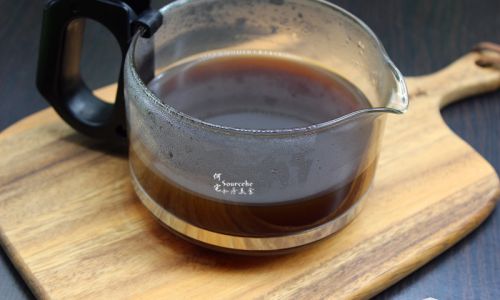
Section 1: Choosing the Right Equipment
Before diving into the brewing process, it’s crucial to select the appropriate equipment. Here are the essentials you’ll need:
-
Coffee Pot: This can be a traditional percolator, a French press, or even a simple saucepan with a pour-over setup. Each has its unique characteristics and can influence the final taste of your coffee.
-
Percolator: These pots work by continuously cycling boiling water through the coffee grounds, extracting maximum flavor. They are ideal for those who prefer a strong, bold brew.
-
French Press: Known for its ability to preserve oils and essences in coffee, a French press offers a smooth, rich cup. It uses a plunger mechanism to separate grounds from the brewed coffee.
-
Saucepan with Pour-Over: For a more manual and controlled brewing experience, you can use a saucepan with a pour-over setup. This involves placing a filter over the pot and slowly pouring hot water over the grounds.
-
-
Coffee Grinder: Freshly ground coffee beans are key to a flavorful brew. A good coffee grinder ensures uniform grind size, which affects extraction time and taste.
-
Coffee Filter (if using pour-over): Paper or reusable mesh filters help separate coffee grounds from the liquid, ensuring a clean cup.
-
Measuring Scoop: A standard scoop ensures consistent coffee-to-water ratio, crucial for achieving the desired flavor profile.
-
Stove or Heat Source: Whether it’s a gas stove, electric burner, or even a camping stove, a reliable heat source is necessary to boil water.
-
Timer (optional): Keeping track of brewing time can help prevent over-extraction or under-extraction, both of which can alter the taste.
Section 2: Preparing the Ingredients
-
Water: The quality of water plays a significant role in the final taste of your coffee. Use fresh, filtered water to avoid impurities that can affect flavor. The ideal water temperature for brewing is between 195°F to 205°F (90°C to 96°C).
-
Coffee Beans: Choose beans that suit your taste preferences. Dark roast beans offer a bold, intense flavor, while light roasts are more acidic and fruity. Freshly roasted beans, ideally within two weeks of roasting, provide the best flavor.
-
Grinding the Beans: Grind the beans to a medium grind for a percolator or French press. For pour-over, a finer grind is recommended to ensure proper extraction.
Section 3: The Brewing Process
Using a Percolator:
-
Measure and Grind: Use about 1 to 2 tablespoons of coffee per 6 ounces of water, adjusting to taste. Grind the beans to a medium consistency.
-
Add Water and Coffee: Fill the percolator’s reservoir with water and place the ground coffee in the basket.
-
Heat: Place the percolator on the stove and set to medium-high heat. The water will begin to boil and percolate through the grounds.
-
Brewing Time: Allow the coffee to percolate for about 4 to 6 minutes, depending on your preferred strength.
-
Serve: Once done, pour the coffee into cups and enjoy immediately.
Using a French Press:
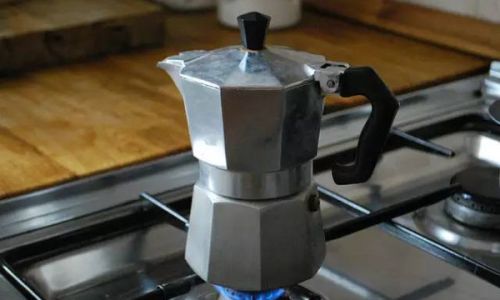
-
Measure and Grind: Use about 1 to 1.5 tablespoons of coffee per 4 ounces of water. Grind the beans to a coarse grind.
-
Boil Water: In a kettle or saucepan, bring water to a boil.
-
Add Coffee and Water: Pour the boiling water into the French press, just off the boil (around 200°F or 93°C), and add the ground coffee. Stir gently to ensure all grounds are saturated.
-
Steep: Allow the coffee to steep for 4 minutes. The longer you steep, the stronger the coffee will be.
-
Press and Pour: Gently press down the plunger to separate the grounds from the coffee. Pour into cups and serve.
Using a Saucepan with Pour-Over:
-
Measure and Grind: Use about 1.5 to 2 tablespoons of coffee per 6 ounces of water. Grind the beans to a fine consistency.
-
Boil Water: Bring water to a boil in a saucepan, then reduce to a simmer.
-
Prepare Filter: Place a paper or mesh filter in a pour-over device set over the saucepan.
-
Add Coffee: Add the ground coffee to the filter, creating a small well in the center.
-
Pour Water: Slowly pour a small amount of hot water over the grounds to saturate them, then let it bloom for 30 seconds. Gradually pour the remaining water in a circular motion, ensuring even extraction.
-
Brewing Time: Allow the coffee to drip through the filter into the pot. This process should take about 3 to 4 minutes.
-
Serve: Once all the water has passed through, remove the filter and pour the coffee into cups.
Section 4: Tips for Perfect Coffee
-
Pre-Warming: Pre-warming your pot and cups with hot water can help maintain brewing temperature, ensuring a hotter, fresher cup.
-
Consistent Grind: Uniform grind size ensures even extraction, preventing bitter or weak spots in your coffee.
-
Fresh Beans: Always use freshly roasted beans for the best flavor.
-
Clean Equipment: Regularly clean your brewing equipment to prevent stale odors and tastes.
-
Experimentation: Don’t be afraid to experiment with different bean types, grind sizes, and brewing times to find your perfect cup.
Conclusion
Brewing coffee using a pot is not only a timeless tradition but also a way to connect with the art of coffee-making. By selecting the right equipment, preparing fresh ingredients, and following a careful brewing process, you can create a rich, flavorful cup of coffee that rivals any from a high-tech machine. Whether you choose a percolator, French press, or pour-over method, the joy of crafting your own brew is an experience worth cherishing. So, the next time you wake up to the promise of a new day, consider starting it off with a pot of homemade coffee – it’s a ritual worth perfecting.


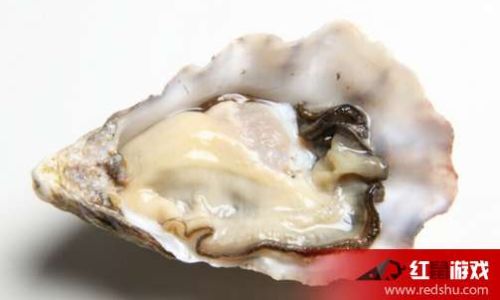
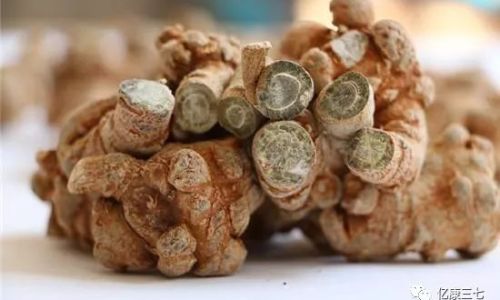
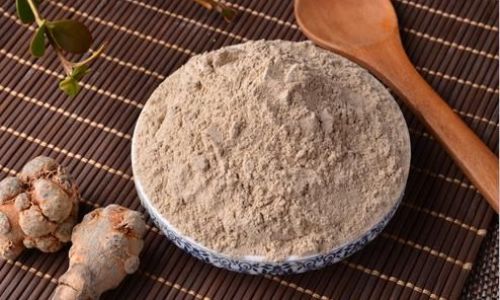
0 comments